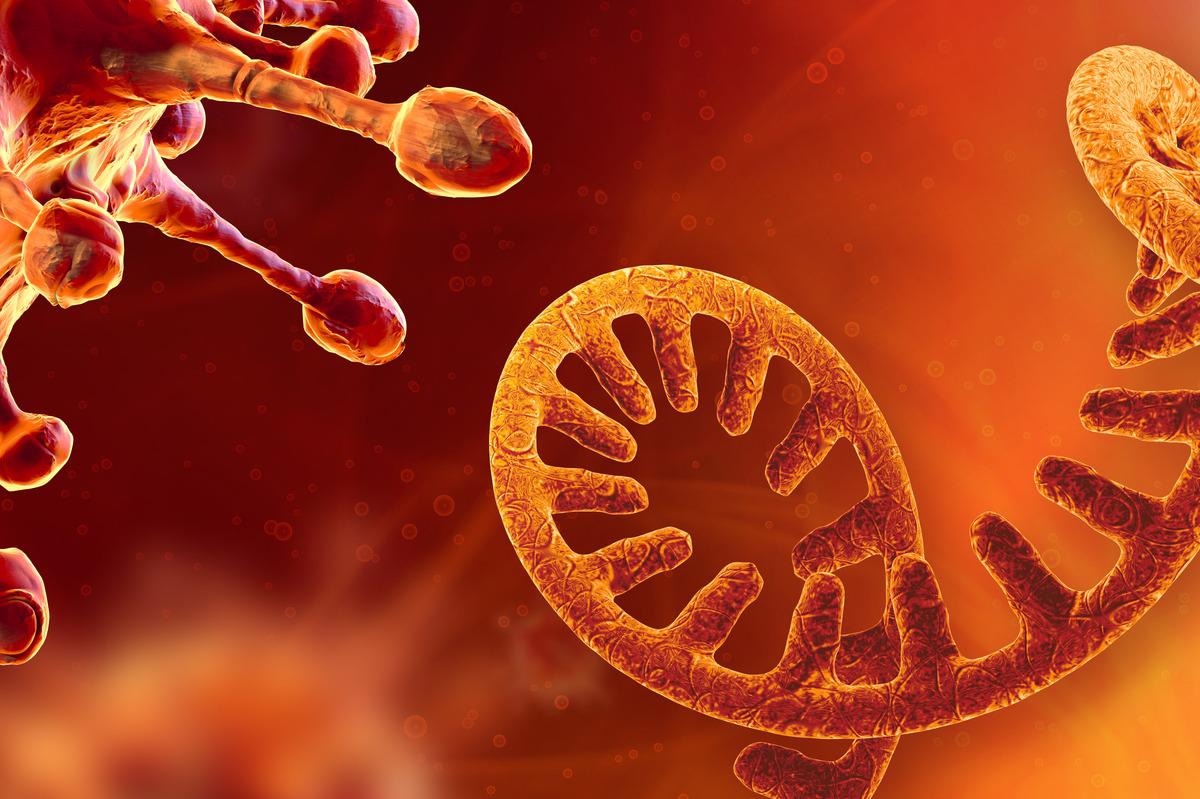
The extreme acute respiratory syndrome coronavirus 2 (SARS-CoV-2) is an enveloped coronavirus with a single-stranded RNA genome. The SARS-CoV-2 reveals reasonable genetic variability, owing to the built-in auto-correct mechanism in their RNA-dependent RNA-polymerase (RdRP), which reverses errors throughout replication and transcription.
Study: The Roles of APOBEC-mediated RNA Editing in SARS-CoV-2 Mutations, Replication and Fitness. Image Credit: CROCOTHERY/Shutterstock
The two predominant sources of SARS-CoV-2 viral mutations are spontaneous random errors that stay unaffected by the proofreading mechanism of the RdRP and mutations of the viral genome which might be mediated by host components.
Background
Recent proof suggests larger frequencies of mutational patterns with particular signatures versus random genetic variations. These findings point out that mutations induced by host components are essential in shaping the viral RNA mutational output. Meanwhile, the evolution mutations decide the viral genomic RNA consequence and evolution.
The APOBEC proteins belong to a household of cytosine deaminases; these deaminate cytosine to uracil (Cto-U) and have interaction in a spread of organic processes, for example – innate and adaptive immunity in opposition to viral pathogens.
The APOBEC3 subfamilies A3A to A3H, impede DNA and RNA viruses. The SARS-CoV-2 mutational variants present a really excessive Cto-U mutation charge – which is probably going as a consequence of RNA editing by host APOBECs.
The research
A brand new research posted on the Research Square* preprint server investigated whether or not APOBEC proteins can straight edit the RNA sequence of SARS-CoV-2 to generate C-to-U mutations. Here, the results of such mutations on viral replication and viral progeny manufacturing had been additionally assessed in an experimental system.
This article is the primary in reporting experimental proof of SARS-CoV-2 RNA edits by APOBEC3A, APOBEC1, and APOBEC3G—to supply C-to-U mutations.
Widespread vaccination and antiviral drug use have imposed extra choice strain on the newer mutants of SARS-CoV-2, and thus, drug resistance and immune-escape mechanisms are more likely to develop in the upcoming variants. The outcomes of this research described that APOBEC enzymes – A1+A1CF, A3A, and A3G, can edit particular SARS-CoV-2 RNAs and should result in mutations that improve viral replication and fitness.
Findings
In this research, C-to-U editing on chosen SARS-CoV-2 RNA segments by A1+A1CF, A3A, and A3G was examined by way of an APOBEC-RNA editing assay.
The three examined APOBECs confirmed various editing charges at completely different RNA websites on the chosen RNA transcripts. The findings specified that A1 plus and A1CF may successfully edit the AC motifs sequence of the viral RNA.
C in AC motif demonstrated a excessive mutation charge in SARS-CoV-2 and Rubella Virus. While A3A exhibited a dinucleotide UC motif. However, extra RNA buildings across the UC and AC motifs have to be essential to ascertaining environment friendly editing of the UC or AC websites.
It was discovered that sure RNA targets with stem-loop buildings had been most well-liked for editing by the A3A and A1. Additionally, A3A and A1+A1CF are expressed in the human cells and organs contaminated by SARS-CoV-2, however not A3G. Hence, the sensible software of A3A and A1+A1CF for editing the viral RNA genome is possible.
A3A expression is stimulated by SARS-CoV-2 an infection, which happens in the lung epithelial cells. On the opposite hand, A1 (together with cofactors – A1CF and RBM47) is expressed in the decrease gastrointestinal tract or liver. SARS-CoV-2 variants confirmed larger AC motif mutations than these in the UC motif.
Numerous AC-to-AU mutations of the SARS-CoV-2 will be initiated by A1+A1CF-mediated editing in the contaminated host cells.
AC-to-AU editing necessitates the cofactor A1CF. Both cofactors of A1 have demonstrated interactions with the viral RNA. Therefore, these cofactors can make use of A1 to focus on the viral RNA in the contaminated host cells.
This experiment additionally analyzed the affect of the three APOBECs on viral replication and progeny manufacturing. The findings confirmed that the deaminase exercise of A3A enhances the proviral impact moreover the supposed deamination-independent affect.
Although a majority of the C-to-U mutations detected will likely be in all probability misplaced, a number of that improve the survival of the virus will likely be chosen and generate newer strains. It will be hypothesized that SARS-CoV-2 might evolve by way of the APOBEC mutational protection.
SARS-CoV-2 was proven to make the most of A3A-mediated mutations for its profit. It is noticed that for the reason that 12 months 2020, a majority of mutations at UC241 (among the many C-to-U mutations) had been chosen for higher viral fitness. The UC241 to UU241 mutation in all probability endows the virus with higher fitness.
Furthermore, editing of the host RNA or DNA by WT A3A presumably will increase the viral RNA replication and viral progeny manufacturing.
Tremendous choice strain is imposed on the virus as a consequence of its continued circulation amongst unvaccinated and vaccinated people and antiviral drug use. Thus, the outcomes may also help in predicting the newer variants of concern and the emergence of drug-resistant mutants.
*Important discover
Research Square publishes preliminary scientific experiences that aren’t peer-reviewed and, subsequently, shouldn’t be thought to be conclusive, information scientific follow/health-related conduct, or handled as established info.
https://www.news-medical.net/news/20220414/Study-explores-role-of-APOBEC-mediated-RNA-editing-in-SARS-CoV-2-fitness.aspx




